Creating a safe and stimulating home environment for a Maine Coon cat requires careful consideration of their unique physical and behavioral traits. As one of the largest domesticated cat breeds, Maine Coons possess a playful, curious nature combined with substantial size and strength. Their environment must accommodate their love for climbing, exploring, and interacting while minimizing potential hazards.
The vertical dimension plays a crucial role in Maine Coon home safety. These majestic felines adore elevated spaces where they can survey their domain. Sturdy cat trees reaching five feet or taller with wide platforms become essential furniture, as standard cat trees may prove unstable for their weight. When installing shelves or perches, ensure they’re securely anchored to wall studs rather than relying solely on drywall anchors. Pay special attention to window perches; Maine Coons will spend hours watching outdoor activity, so these installations must support 25+ pounds without wobbling.
Electrical cords present particular dangers for Maine Coons. Their tendency to chew combined with their powerful jaws makes exposed wires a serious hazard. Use cord concealers along baseboards or invest in braided cable covers that resist puncturing. For households with numerous devices, consider rearranging furniture to block access to power strips or utilizing bitter apple spray deterrents on accessible cords. Never underestimate their ability to reach seemingly protected areas – their remarkable flexibility and length allow them to access spaces most cats couldn’t.
Water safety demands special attention with this breed. Unlike many cats, Maine Coons frequently enjoy playing with water, which leads them to investigate toilets, full bathtubs, or even buckets of cleaning solution. Install toilet lid locks and establish a habit of keeping bathroom doors closed. When mopping floors, ensure the Maine Coon is confined until surfaces dry, as some cleaning products can cause paw pad irritation or toxicity if ingested during grooming. Their fascination with dripping taps might prompt attempts to drink from them while perched precariously on sink edges, so consider providing a sturdy water fountain instead.
The Maine Coon’s substantial size transforms ordinary household items into potential dangers. Bookcases or entertainment centers that might safely contain smaller cats could topple if a 20-pound feline attempts to scale them. Anti-tip brackets become mandatory for all tall furniture. Glass-top tables require evaluation – while the cat’s weight likely won’t break them, a running leap could lead to dangerous slides. Area rugs with non-slip backing help prevent joint stress when these large cats dash across hardwood or tile floors.
Interactive elements require durability testing. Maine Coons retain kitten-like playfulness well into adulthood, but their strength demolishes flimsy toys. Avoid small plastic components that could break off and become choking hazards. Wand toys should feature metal-reinforced ends where the string attaches, as their powerful tugs easily rip standard connections. Puzzle feeders made for dogs often work better than typical cat versions, though plastic thickness should be verified – some determined Maine Coons have been known to chew through supposedly indestructible materials.
Temperature regulation forms another safety consideration. Their luxurious, water-resistant coats make them prone to overheating in warm environments. Ensure access to cool tiled surfaces or ventilated resting areas during summer months. Conversely, their ear tufts and toe tufts provide minimal insulation against cold floors in winter, so heated beds or insulated pads placed in favorite napping spots promote comfort. Always monitor these devices for proper function and set them on low settings to prevent burns.
Social dynamics influence environmental safety for multi-pet households. While generally good-natured, Maine Coons may unintentionally intimidate smaller pets during play. Separate feeding stations prevent food guarding behaviors, and litter boxes should be substantially larger than conventional boxes – many owners repurpose plastic storage containers to provide adequate space. For households with dogs, ensure the cat can access elevated retreats beyond the dog’s reach, as some Maine Coons will stand their ground rather than flee from canine companions.
Grooming stations require strategic placement. Unlike most cats that resist bathing, some Maine Coons tolerate or even enjoy water exposure. However, slippery tub surfaces combined with a struggling 20-pound cat creates a hazardous situation. Place rubber mats in bathing areas and consider using a walk-in shower with handheld sprayer for better control. Keep all grooming tools secured after use – their curiosity leads them to chew on brushes or swallow loose hair ties, which can cause intestinal blockages.
The outdoor environment presents complex safety decisions for Maine Coon owners. While some advocate for supervised outdoor access to satisfy their hunting instincts, their trusting nature makes them vulnerable to predators or theft. Catios (enclosed patio spaces) with sturdy mesh and reinforced framing allow safe outdoor experiences. For those attempting leash training, use a properly fitted harness designed for large cats rather than collars, as their strong necks can escape standard feline restraints.
Creating a Maine Coon-friendly home ultimately means viewing your environment from a cat’s perspective – but accounting for the strength, intelligence, and physical dimensions of a small lynx. Regular safety audits help identify new risks as the cat matures or household arrangements change. What appears secure for an eight-week-old kitten may prove inadequate for a full-grown adult capable of opening cabinet doors or clearing six-foot vertical jumps. Their extraordinary personalities reward this thoughtful preparation with years of companionship and entertainment.

By /Jun 28, 2025
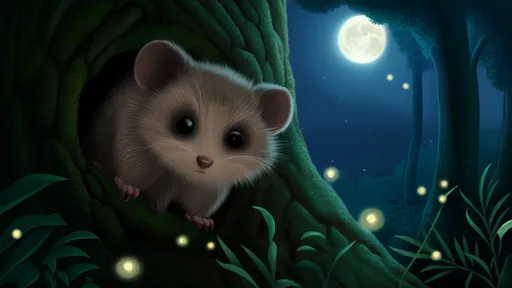
By /Jun 28, 2025
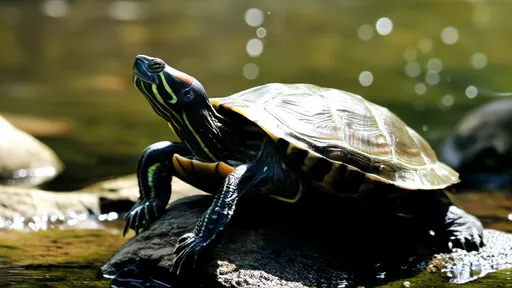
By /Jun 28, 2025
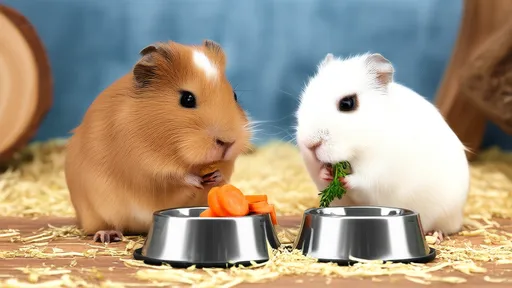
By /Jun 28, 2025
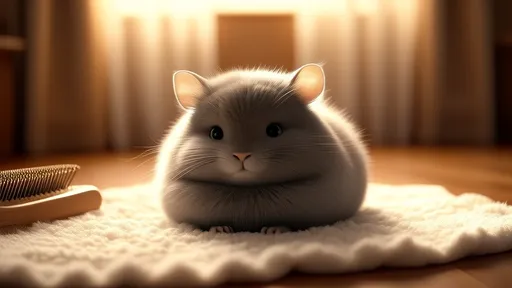
By /Jun 28, 2025
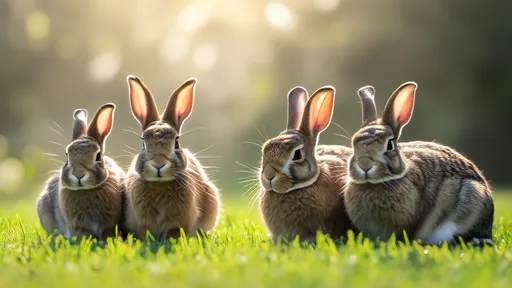
By /Jun 28, 2025

By /Jun 28, 2025
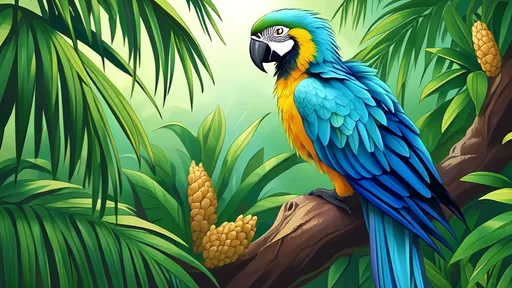
By /Jun 28, 2025
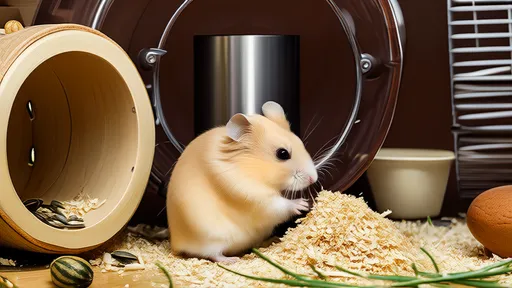
By /Jun 28, 2025

By /Jun 28, 2025
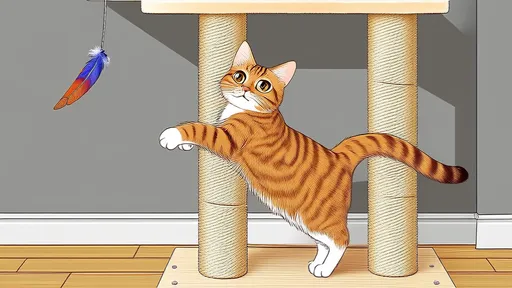
By /Jun 28, 2025
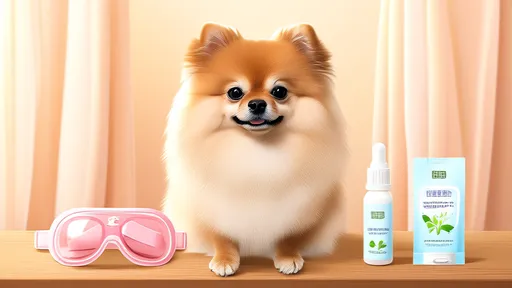
By /Jun 28, 2025
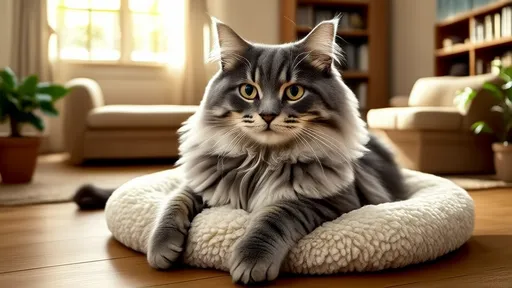
By /Jun 28, 2025

By /Jun 28, 2025
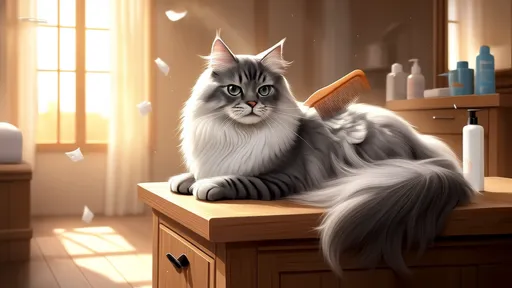
By /Jun 28, 2025

By /Jun 28, 2025
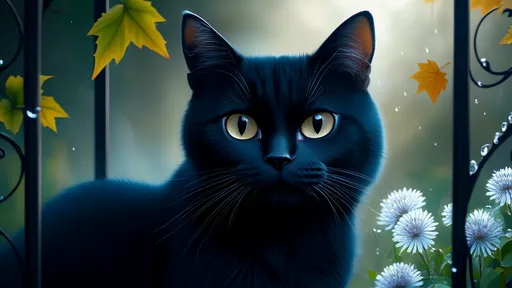
By /Jun 28, 2025
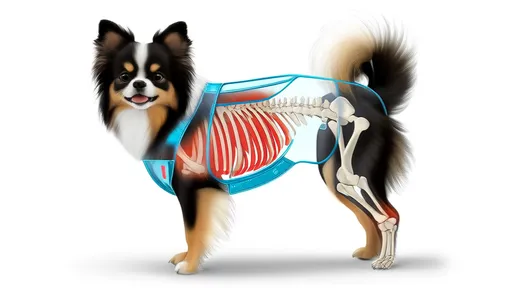
By /Jun 28, 2025